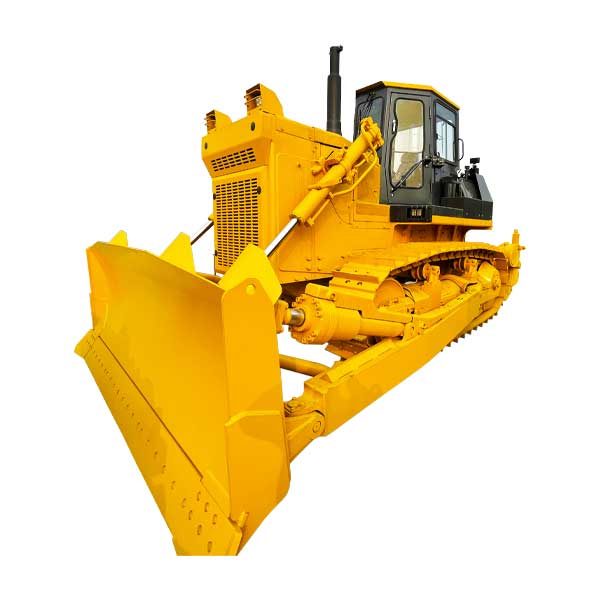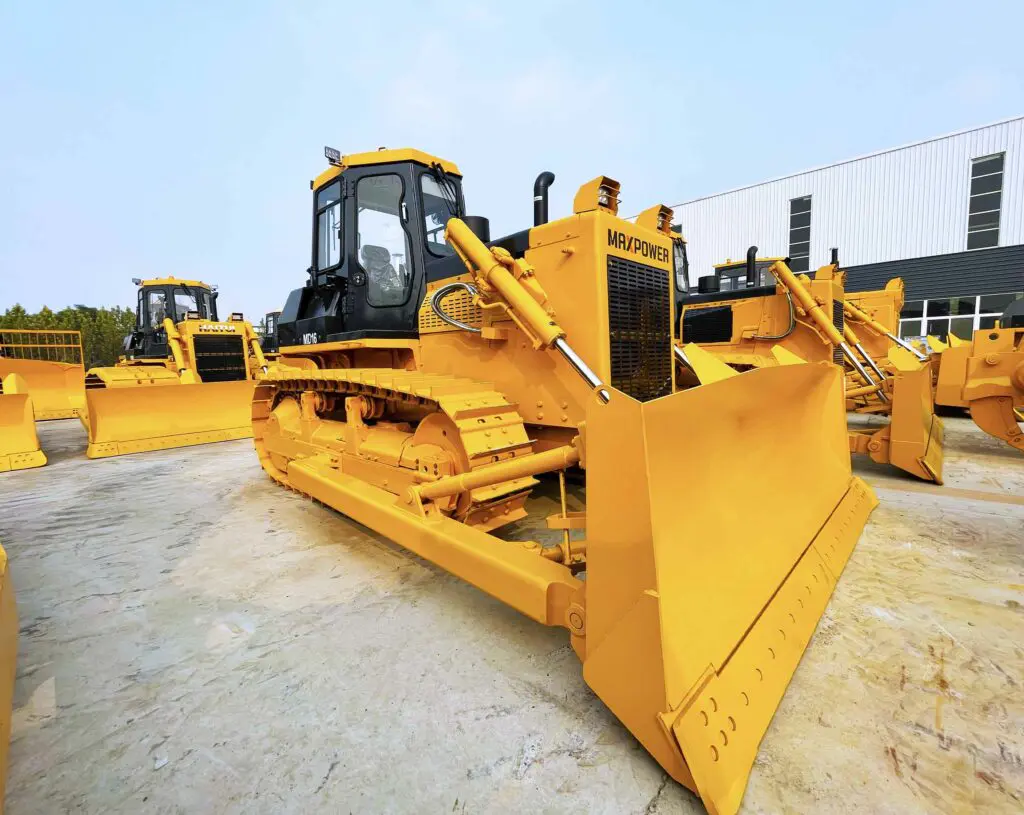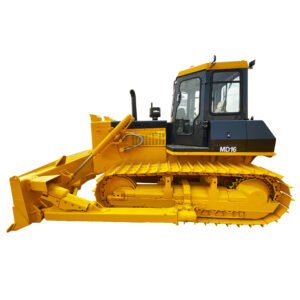Einführung
In the construction and heavy equipment world, purchasing a dozer is a significant investment. Therefore, it is important to understand bulldozer sales. Whether you are a contractor, a construction company, or an individual looking to expand your fleet, the process of acquiring a dozer involves several crucial steps. From prospecting to the final purchase, this guide will walk you through the entire journey, providing valuable insights and tips to ensure a successful transaction.
Understanding the Dozer Market

Before diving into the process of purchasing a dozer, it’s essential to gain a comprehensive understanding of the current market trends and factors that influence the sale of these heavy machines. The dozer market is influenced by various factors such as demand-supply dynamics, technological advancements, and economic conditions. By staying informed about these aspects, you can make well-informed decisions when it comes to buying a dozer that meets your specific requirements.
Prospecting for the Right Dozer
The first step in the dozer sale journey is prospecting for the right machine that aligns with your needs and budget. This involves conducting thorough research, exploring different models and brands, and evaluating their features, specifications, and performance capabilities. By creating a checklist of your requirements and comparing it with the available options in the market, you can narrow down your choices and identify the most suitable dozer for your intended applications.
Below is a comparison table highlighting different types of bulldozers:
| Bulldozer Type | Beschreibung | Common Applications |
|---|---|---|
| Crawler Bulldozer | Equipped with tracks instead of wheels, providing superior traction and stability on rough terrain. Ideal for heavy-duty earthmoving projects and navigating uneven landscapes. | Large-scale construction projects, land clearing, mining operations, road construction in challenging terrain. |
| Wheel Bulldozer | Features wheels instead of tracks, offering greater maneuverability and speed, particularly on flat surfaces. Suitable for lighter-duty tasks and applications requiring frequent relocation. | Urban construction projects, highway maintenance, material handling in ports and warehouses, agricultural operations. |
| Mini Bulldozer | Compact in size, designed for versatility and maneuverability in tight spaces. Often equipped with various attachments for multifunctional use. | Residential construction, landscaping, utility work, site preparation in urban areas, snow removal on sidewalks and small pathways. |
| Forestry Bulldozer | Specifically designed with features such as reinforced protective structures and specialized blades for forestry applications. Provides enhanced performance and durability in rugged environments. | Clearing forests, building logging roads, land reclamation, wildfire prevention and firefighting operations in forested areas. |
| Waste Bulldozer | Engineered with features to withstand harsh environments and handle various waste materials. Equipped with specialized attachments for efficient waste management and disposal. | Landfill operations, waste recycling facilities, waste compaction, demolition and debris removal in urban and industrial settings. |
Assessing the Dozer’s Condition
Once you have shortlisted potential Planierraupen, it’s crucial to assess their condition to ensure that you are making a sound investment. This involves inspecting the machine’s overall condition, including its engine, undercarriage, hydraulic systems, and other critical components. Additionally, obtaining the dozer’s maintenance and service history can provide valuable insights into its past usage and upkeep, helping you gauge its reliability and longevity.
Negotiating the Purchase

After identifying the right dozer and ensuring its satisfactory condition, the next step is negotiating the purchase. This involves engaging in discussions with the seller or dealership to arrive at a mutually beneficial price and finalize the terms of the transaction. It’s important to approach the negotiation process with a clear understanding of the dozer’s market value, as well as any additional factors that may influence the final price, such as warranty options, financing, or trade-in arrangements.
Completing the Purchase
Once the negotiation phase is successfully concluded, it’s time to complete the purchase and take ownership of the dozer. This involves finalizing the payment, reviewing and signing the necessary documentation, and arranging for the transportation of the machine to its intended location. It’s crucial to ensure that all legal and administrative aspects of the purchase are handled meticulously to avoid any potential complications in the future.As part of the ownership transfer process, it is essential to conduct a thorough inspection of the dozer to confirm its condition matches the agreed-upon terms. Any discrepancies should be promptly addressed and documented to prevent misunderstandings later on.
Conclusion: Dozer Sale
The journey from prospecting to purchasing a dozer involves careful planning, research, and negotiation to ensure that you acquire a machine that meets your requirements and offers a solid return on investment. By following the steps outlined in this guide and staying informed about the latest developments in the dozer market, you can navigate the sale process with confidence and make a well-informed decision.
FAQs
Q: What are the key factors to consider when prospecting for a dozer?
A: When prospecting for a dozer, it’s essential to consider factors such as the machine’s horsepower, blade type, undercarriage condition, and overall performance capabilities to ensure that it aligns with your specific applications and operational needs.
Q: How can I assess the condition of a used dozer?
A: Assessing the condition of a used dozer involves conducting a comprehensive inspection of its various components, including the engine, undercarriage, hydraulic systems, and overall structural integrity. Obtaining the machine’s maintenance history and service records can also provide valuable insights into its past usage and upkeep.
Q: What are some negotiation strategies for purchasing a dozer?
A: When negotiating the purchase of a dozer, it’s important to research the market value of the machine, identify any potential leverage points, and approach the negotiation process with a clear understanding of your budget and requirements. Additionally, exploring options such as financing, warranties, and trade-in arrangements can enhance your negotiation position.
Q: How do I determine the right bulldozer model for my needs?
A: Factors such as engine power, blade width, operating weight, and maneuverability should be considered when selecting a bulldozer. Evaluating your project requirements and consulting with industry experts can aid in choosing the most suitable model.
Q: What steps should I take after finalizing the purchase of a bulldozer?
A: After completing the purchase, it’s essential to arrange for transportation, obtain insurance coverage, and schedule any necessary training for operators. Additionally, implementing a regular maintenance schedule and familiarizing yourself with the warranty terms are crucial for maximizing the longevity and performance of the bulldozer.







-150x150.webp)
